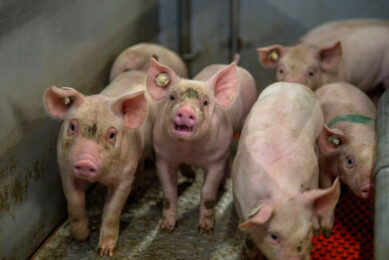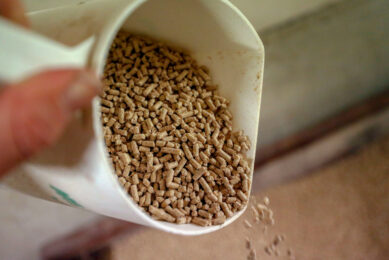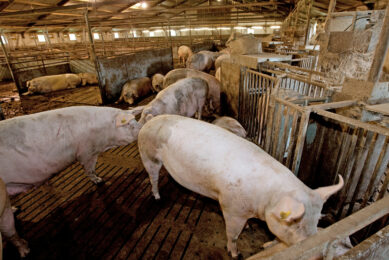30% of US corn will be used for biofuels
Almost a third of the US corn crop will be used in five years to produce fuel ethanol, possibly raising animal feed costs for farmers and meat prices for consumers, according to a new government report.
Assuming US ethanol production continues to expand to the Energy Department’s
projected 11.2 billion gallons by 2012, about 30% of the corn crop will be
needed for the fuel supply, according to the Government Accountability Office
(GAO). Corn prices are projected to average between $3 and $3.40 a bushel,
making up an estimated 74% of the cost of producing ethanol, the GAO said.
Environmental concerns
The extra corn to make ethanol in 2012
will come from planting more acres by putting pastureland and idle land into
production, planting corn where other crops like wheat were previously grown, or
using corn that would be exported or used as livestock feed, the GAO said.
However, the agency said there could be harm to the environment if land set
aside for water conservation or wildlife habitat is used to grow more corn for
ethanol.
The Bush administration and many lawmakers in Congress are
pushing for a huge increase in ethanol production over the next decade. But
instead of relying on corn, they hope scientific breakthroughs will occur to
make ethanol for less money from agricultural and forest waste like corn stalks,
switch grass and wood chips.
More E85 fuel
Separately, the GAO
said the push to expand E85 fuel, which is made from 85% ethanol and 15%
gasoline, could make the demand for corn worse as ethanol is not a
gallon-for-gallon replacement for gasoline.
Ethanol contains only about
two-thirds the energy of gasoline, requiring more E85 fuel for a car to travel
the same distance it would on a gallon of traditional gasoline.
“While
ethanol combusts more efficiently than gasoline, drivers nonetheless experience
about a 25 percent reduction in miles per gallon in vehicles using high blends
such as E85,” the GAO said. E85 is currently sold at about 1,100 fueling
stations mainly in the Midwest, where it is mainly produced, out of 180,000
stations nationwide.
Related folder:
Dossier AllAbout BioEnergy











